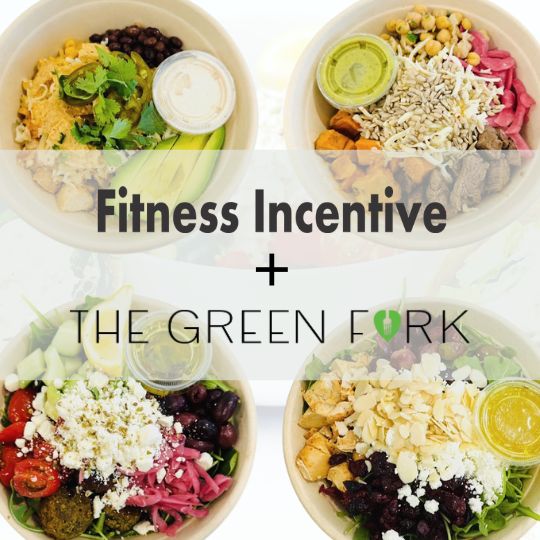
“Current research shows that being less active and losing muscle has the most significant negative effect on your metabolism.”
- Liz Keller

Can You Prevent Your Metabolism Slowing Down With Age?
A recent study found that our metabolism remains relatively unchanged from the age of 20 to 60. However, this is not the reality for most. If aging is not causing our metabolism to slow down, what is?
Four main factors that influence the speed of metabolism
- Basal metabolic rate (BMR)
- Thermic effect of food (TEF)
- Non-exercise activity thermogenesis (NEAT)
- Physical exercise
Current research shows that being less active and losing muscle has the most significant negative effect on your metabolism.
Activity level
Exercise and non-exercise activities typically equal 10-30% of the calories you burn in a day, but this number can be as high as 50% of the daily caloric burn for very active people. Non-exercise activity thermogenesis (NEAT) is the calories burned through activities that are not planned exercise. A few examples of NEAT include standing, walking around, doing household chores, and fidgeting. Older adults are typically less active and therefore burn fewer calories through exercise and daily routines.
Muscle mass
Having more muscle mass will increase your BMR. Building and maintaining muscle mass requires physical exercise and eating enough protein. Looking at the list of factors that influence the speed of metabolism, muscle mass contributes to 3 out of the top 4. However, the average adult loses 3–8% of muscle each decade after 30. Because muscle mass is affected by your activity level, being less active is one reason why people lose more muscle with age. Other causes include consuming fewer calories and less protein and a decrease in the production of hormones, such as estrogen, testosterone, and growth hormone, as we age.
Three ways to prevent your metabolism from slowing down with age
1. Build muscle through resistance training.
Examples of strength training activities include:
● lifting free weights
● using stationary weight machines
● resistance band activities
● bodyweight exercises, such as pushups and squats
● strength training classes that incorporate some or all of the above activities
2. Eat enough calories that include protein-rich food sources.
● Years of dieting can convince people to continue to look for low-calorie options to stay thin. Building and maintaining muscle mass requires more calories, not less. Reduced appetites in older adults can also contribute to a reduction in overall calories. Making sure there is a protein source at each meal can help boost your metabolism because of the thermic effect of food and provide the building blocks for muscle.
3. Get quality sleep and have ways to reduce stress.
● Some research shows when you don’t get enough quality sleep, your body will decrease protein synthesis (which is necessary for muscle growth) and can increase the hormone cortisol. Cortisol (the stress hormone) is a catabolic hormone and can inhibit muscle growth and increase the signal for your body to store body fat.
Conclusion
So while growing older can bring challenges to your health and waistline, working to improve your muscle mass and activity level can help slow down some of these inevitable changes.
For help with developing a consistent muscle-building routine or help with your caloric and protein intake, contact me at eatsmart@fitnessincentive.com.
For a personalized approach to body recomposition send me an email at eatsmart@fitnessincentive.com or text to (240) 803-3438
Sponsored Links
About the Author

Liz Keller
Liz Keller is a personal trainer, nutritionist, group fitness instructor, and health coach. She runs the Eat Smart program at Fitness Incentive.










